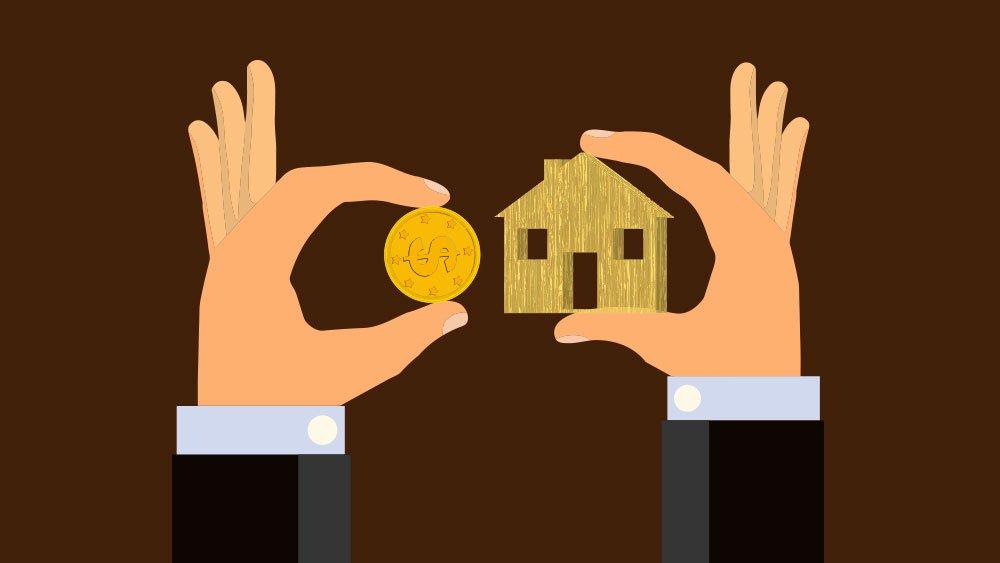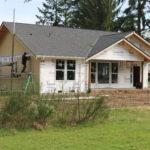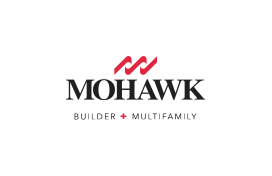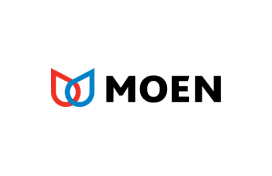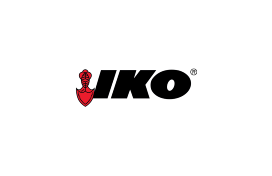As a professional real estate broker who has worked with thousands of home buyers and sellers and has personally shown several thousand homes over two decades, I have had this conversation countless times with regards to affordable homes with inquiring homebuyers and builders of both new construction and buyers looking to purchase a pre-owned, resale home. The driving question can be phrased a myriad of different ways, such as: “Are affordable homes disposable?”, “Is the home going to last?”, “Are we saving money now only to rebuild it tomorrow?” And so on, and so forth.
This is a legitimate question, especially when you consider the hefty, long-term investment of buying real estate. A prudent buyer will ask this question when analyzing their housing budget and comparing a home that is more affordable versus one that is more expensive. Real estate affordability and values are extremely subject to hundreds, if not thousands, of different influences. Most understand that the primary influencing value is “Location-Location-Location.”
Where To Start
The challenge most homebuyers have is that housing prices are very expensive. A typical homebuyer with a fixed housing budget will consider their purchasing power range from affordable home to expensive home, and then they will look at all the homes within that price range. They typically start at the top of the range to see what that type of home would look like, especially what features and amenities the more expensive homes offer. Then, as reality — or shall we say better economic sense — kicks in they tend to look down the list to more moderately priced homes and then to the lowest-priced home that would meet their needs.
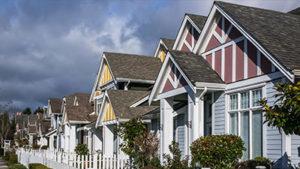 For this article, let’s assume that we are comparing a home that is built at a lower cost to a home being built at a higher cost, on a garden-variety, flat lot in the exact same neighborhood, with the same lot and home characteristics and size. Let’s also assume that the home is new construction and the floor plans are identical and built by the same builder with the same trade-craftsmen. The homes will be purchased at the same time and have the same loan with the same interest rates and terms. The only difference in the cost of the two homes is the quality of building materials and finishes used.
For this article, let’s assume that we are comparing a home that is built at a lower cost to a home being built at a higher cost, on a garden-variety, flat lot in the exact same neighborhood, with the same lot and home characteristics and size. Let’s also assume that the home is new construction and the floor plans are identical and built by the same builder with the same trade-craftsmen. The homes will be purchased at the same time and have the same loan with the same interest rates and terms. The only difference in the cost of the two homes is the quality of building materials and finishes used.
Expensive or Affordable Homes?
So the question arises, “Should we buy the expensive home or the home that’s more affordable?” Again, this is a very personal and subjective question with many influences, including the following:
- Price is relative to earnings.
- Does your income source have long-term stability?
- If you bought home X would you be house rich and cash poor?
- Do you plan on staying in the home for decades, or do you plan on moving and renting or reselling the home?
- What is the reason you are building a home?
Among the influences are many psychological reasons why people buy homes. Because a complete discussion on this would be an exhaustive and boring dissertation, we will focus simply on the part where the decision is boiled down to the question of more expensive homes based on higher quality materials and finishes or more affordable homes.
Let’s start with the premise that most people agree with: that owning a home has been considered the American dream for decades.
You understand the value of owning versus renting, so we’re not going to discuss that today.
The basis is: If you are on a budget, first and foremost, owning a home is better than not owning a home.
We must start at this understanding. If you have a very limited budget and are just entering the real estate market, owning a home is financially better than not owning a home. Yes, even if the home is very inexpensive to build. Even if the home has the lowest quality of building products that the building department will approve.
Let me give you an example:
Housing values have quadrupled over the last few decades. For example, in our own Tacoma, Washington, a typical affordable home in the 1960s was commonly $10,000–$12,000 according to Census.gov [1]. In 2000, the average home value was $168,300. That is more than 16 times the value or a 1,600% increase in value! There are always recessionary bumps, but when you look across the decades, real estate values only increase.
In the 1960s the homes were smaller than today. Interior wood paneling that was 1/8″ thin was common rather than ½” sheetrock that is taped and textured and painted. Low-cost and substandard (by today’s standards) roofing materials were used, in part due to a lack of technology. Many foundations were built with cinder blocks mortared together versus poured concrete with reinforced bars and anchors. Laminate countertops were the norm and a set of 1960s appliances were something to be seen.
What is interesting is even with the “inferior” materials and finishes, the average affordable home value still increased 1,600%. In truth, all homes actually depreciate. The physical structure depreciates with age and gets outmoded by time, whereas the value of the land is what appreciates. That is why the IRS gives you a tax “advantage” for owning a home and they allow you to get a tax credit by means of real estate depreciation. It’s not the land, but the home structure that they consider to be a “depreciable” asset. (I’m not a tax professional, so please consult with a tax expert. As a licensed real estate person, I’m required to disclose that statement.)
Moving on…
The Finale
 As you can see by historical modeling, by simply getting into the real estate market by purchasing a home, even if the home had inferior 1960s building materials, it would still have appreciated 1,600%. Yes — Even if you had interior walls with sheet paneling, baseboard heat, an avocado-colored refrigerator and a big coiled stove that looked like my dad’s 1957 Chevy Bel Air.
As you can see by historical modeling, by simply getting into the real estate market by purchasing a home, even if the home had inferior 1960s building materials, it would still have appreciated 1,600%. Yes — Even if you had interior walls with sheet paneling, baseboard heat, an avocado-colored refrigerator and a big coiled stove that looked like my dad’s 1957 Chevy Bel Air.
Also keep in mind that typically every 10 years, homes begin to get dated. Remember shag carpet? Popcorn ceilings? At one time, red brick was a very common and expensive material and now there are newer stone veneers that are more popular and appealing. Even more recently, Corian®countertops were replaced with granite countertops and now quartz is the hot ticket. Over the years, even with a more expensive house up front, colors and styles change and there are always new materials being presented to thrill and excite the eyes and mind.
The key is attaining real estate. The structure will date over time but that’s okay. You have a warm place to live and raise your family and the value will continue to rise to add to your future retirement 20-30 years from now.
Do you have a budget that limits your spending? Build the home that meets your budget. Don’t go over your budget for bells and whistles only to be stressed out every month making the payment.
The key to lasting building products is always maintenance. Good, regular maintenance year-round. After all, it’s your investment.
Keep the gutters cleaned out and remove the moss and tree leaves and needles from the roof annually. Keep good caulking around your windows, doors and siding. Use a high-quality paint to maintain your siding. Keep water away from your foundation. Ensure your lot drainage is positive.
Great maintenance can make all building products, even less expensive products, last many decades. After 10 years you may want to replace your countertops with the latest and greatest, and with the money you saved on the purchase and monthly payments, you may be able to do that with ease later.
[1] Median Home Values: Unadjusted
